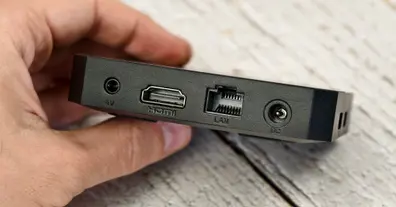Гарбузовий пиріг
Важко бути єдиним готом у маленькому містечку. Юний Аскольд страждає від місцевих гопників і самотності. Нарешті хлопець знайомиться з дівчиною на ім'я Мелодія. От тільки скоро з'ясовується, що вона має вельми специфічних друзів і вподобання.








